Introduction and Company Background
Louis Vuitton is a leading manufacturer and seller of fashion apparels. The company was founded in 1854 by Louis Vuitton Malletier in the city of Paris, France. When the firm started its operations, it had a clear target market. It was interested in producing high-quality products to meet the needs of the rich. The firm has retained this focus, and it is currently one of the top fashion stores in the global market. It has enjoyed a long period of economic prosperity due to unique management strategies that have always been used by its top leaders. In this paper, the researcher seeks to determine the strategic management policies that this firm is using to gain a competitive edge over its market rivals.
External Analysis
Political environment
The political environment has a significant impact on the ability of a firm to achieve success in the market. According to Kaufmann and Murakami (2013: 71), Louis Vuitton has been successful because of the peace that has been seen in France.
Economic environment
Recent studies show that the economic environment in France has remained very attractive for a long time. The country remains one of the top consumers of luxury products. Statistics below shows how the economy of Europe suffered in 2009.
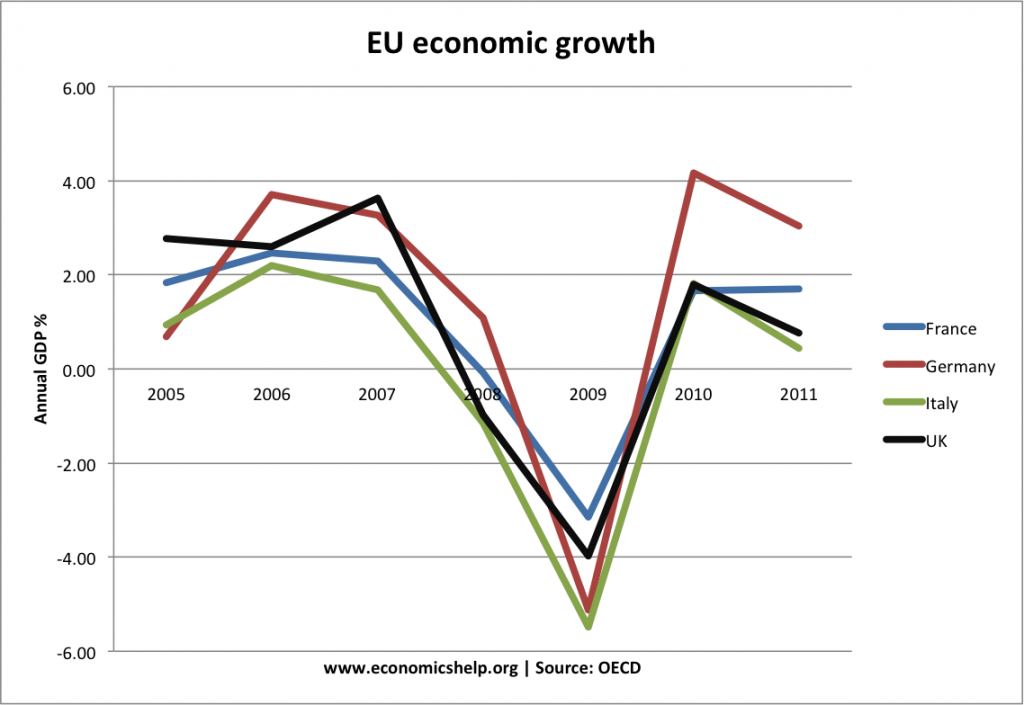
Social environment
Social forces have a significant impact on the trends in the luxury goods industry. According to Li (2012: 21), socio-cultural practices have a major effect on the buyers’ purchasing patterns.
Technological environment
Technology has had a transformational impact on the way firms operate today. The firm is currently using machines to enhance speed, standardise, and improve the quality of products (Li, 2012: 56).
Ecological environment
Ecological factors also have a major impact on the way firms operate in the macro-environment. Global society is becoming sensitive to the amounts of greenhouse gases that come from the manufacturing firms.
Legal environment
The legal environment is a macro-environmental force that affects the operations of firms in the market. According to Kaufmann and Murakami (2013: 94), a firm cannot operate in a country that has no clear laws and regulations to guide the business sector.
Industry Analysis: Porters Five Forces
External forces of the environment can further be analysed using Porters Five Forces.
Competitive rivalry threat
The main threat that this firm faces in the current market of luxury products in France and Europe is a competitive rivalry that exists among top players (Tungate 2012: 23). The following are some of the top competitors in this industry.

The threat of new entrants
The threat of new firms entering the local market where Louis Vuitton operates is real. The European countries have embraced the open-market policy.
Threat of substitutes
The threat of substitutes is another negative environmental force that can affect the success of this firm in the market. Louis Vuitton’s products can be substituted by a number of other products in the market.
Bargaining power of suppliers
Tungate (2012: 52) says that the bargaining power of the suppliers can be a threat to the success of a given firm in the market. Some of the raw materials used by this firm are produced by powerful organisational suppliers. The following are the main regions where this film gets its supplies.

Bargaining power of buyers
Organisational buyers such as large supermarkets that carry its products and other large retail stores have a lot of control on the retail market.
Table 3: Summary of Porter’s Five Forces
Main Opportunities and Threats
The emerging technologies can be considered as either opportunities or threats, depending on the approach one takes to handle them. The external environment has a number of threats that Louis Vuitton has to find a way of dealing with to avoid the negative consequences. The threat of new firms coming into current market is expected to be high as firms struggle to capitalise on opportunities (Tungate 2012: 78).
Internal Analysis
Resources and Core Competencies
Louis Vuitton has amassed massive amounts of wealth over the years following its success in the global market as a leading fashion apparel manufacturer (2013: 71). To analyse the firm’s core competencies, Porter’s Value Chain Model below will be helpful.

Source (Mallard, Cotton and Harrison, 2014: 117)
In value activities, the firm has excelled in human resource management and in procurement. In primary value activities, Louis Vuitton has recorded exemplary performance in inbound and outbound logistics, operations, and marketing activities.
Competency Framework
According to Tungate (2012: 31), competency framework is very useful in distinguishing excellent performers from mediocre or average performers.
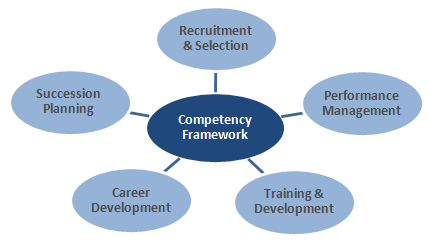
VRIO Model
When VRIO model is used to analyse the position of this firm, it is evident that the Louis Vuitton is yet to fully exploit the value of reduced threat in the market. Its products are imitable, a fact that limits its competitiveness in the market.
Strengths and Weaknesses
Couch Inc has remained competitive in the apparel market because of a number of factors that can be considered its strength. Long experience in the upper market segment of the apparel industry is a major strength of this company in the markets (Mostafavi, Magrou and Gould, 2014: 48). The attractive profit such as that shown in the table below is strength.
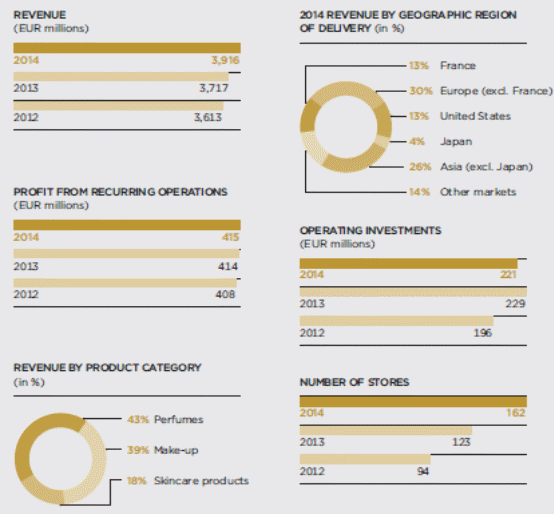
Louis Vuitton has some weaknesses that have restricted its ability to achieve expected success in market. One of the main weaknesses of the firm, as presented in the case, limited ability to sustain the growth of the firm.
Company’s Corporate and Business Strategy
Generic Strategy Model
Porter’s Generic Strategy offers a number of options that a firm can use to achieve competitive advantage in the market. Under this generic strategy, there are three options available for the firm as shown below:
Cost leadership
Cost leadership strategy involves reducing the cost of operations as much as possible. Using cost leadership is very crucial for this firm, especially in the current market where new firms are now entering the market.
Focus strategies
Focus strategy is always considered appropriate for companies that are keen on targeting a specific target market. It always enables a firm to give special attention to a specific segment of the market that it finds most attractive.
Differentiated strategy
One of the best strategies that this firm has used to achieve its current success is differentiation. The stiff competition in the current market requires a strategy that can enable this firm to achieve uniqueness in the market.
Clock Model
According to Mostafavi, Magrou and Gould (2014: 27), Bowman’s strategy provides eight competitive positions that a firm can choose based on internal and external factors.
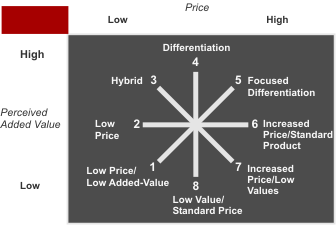
A firm can choose to use one or two of the available strategies. Based on the information provided in the case study, it is clear that Louis Vuitton has been using differentiation in the market as a way of developing its own unique market niche.
Identifying Issues and Challenges Facing the Company
The analysis of the external and internal environmental forces of Louis Vuitton reveals a number of issues and challenges that this firm has been facing which may affect its ability to achieve success. In the external environment, the main issue is the stiff competition that this firm has been facing from firms such as Hermes, Gucci, Bottega Veneta, Prada, Coach, and Channel.
Internally, the main challenge that comes out is the issue of management. The firm’s recent leadership wrangles at the firm following the entry of Bernard Arnault into the company as leading shareholder caused a lot of concern among the Vuitton family that had been the leading shareholders at the firm.
Identification and Evaluation of the Main Strategic Options for Growth
Louis Vuitton is still the top brand for luxury products in the global market. However, it is important for the management to come up with effective strategies that will ensure that this firm remains at its current prestigious position by increasing its market share in the local and international market. To achieve growth in the market, the firm will need to assess itself first to identify the weaknesses and threats that may limit its development and the strengths and opportunities it can use to overcome them in the market. This evaluation makes it possible for the management to know the path that it should take that will give it a competitive edge over its market rivals. In this analysis, the researcher will use TOWS Matrix to evaluate these forces.
Table 5: TOWS Matrix
As shown in the matrix above, there are four strategies that the firm will have to use to manage internal forces to gain a competitive edge over its market rivals. First, it will need to use its internal strengths to take maximum advantage of the opportunities that are present in the market in what is called ‘maxi-maxi’ strategy. It will also need to use its internal threats to reduce the impacts that external threats may have in its operations. The firm will need to take advantage of the market opportunities to overcome some of the internal weaknesses it has in its operations. Finally, it will need to find ways of minimising impacts of its weaknesses and market threats on its operations. Having known how it can deal with internal and external forces, it is now possible to analyse the main strategic options that it can use to achieve growth and development in the market.
Main strategic options for growth
The analyses of various internal and external forces have revealed that Louis Vuitton has a very challenging task to continue on its path of growth in the market. However, the only way through which it can survive in this market is to come up with strategies that can enable it expand in the local and international market. Ansoff matrix may help in defining the strategic options that this firm can use in the market.
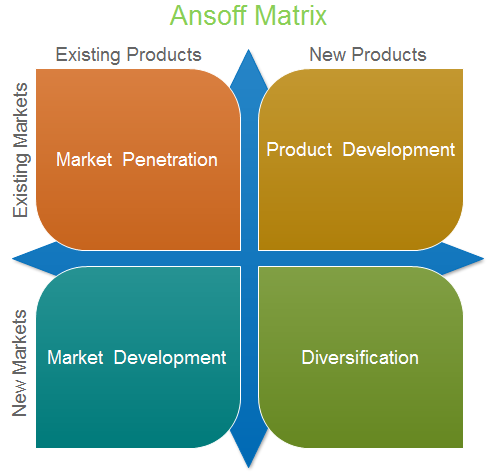
Market development strategy
This firm can choose the market development strategy where the focus will be to look for new markets. This strategy emphasises on finding new markets to the existing products as a way of expanding the market share. As mentioned in the analysis above, LVMH is yet to take advantage of the growing markets in African and parts of Asia. This firm may consider spreading to new markets in Africa and parts of Asia that it has not ventured into as a way of achieving growth. Its brand strength can help it in achieving success.
Diversification strategy
The second strategy may be diversification where the firm will expand its product offerings. Diversification strategy helps in avoiding a scenario where the firm only depends on one or a few products for its survival in the market. Louis Vuitton is already using this strategy in the market hence it will not be given serious consideration in this analysis. The table below shows the diversified sources of income for LVMH.
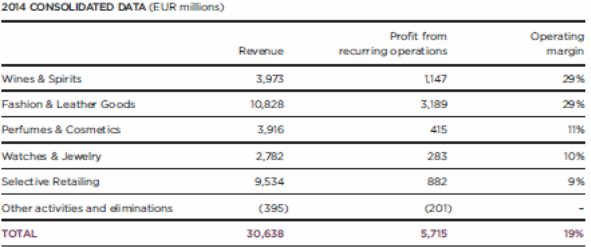
Market penetration strategy
The third strategy is market penetration which involves increasing sales in the existing market through strategies such as effective promotional strategies. This strategy involves increasing competitiveness of a firm in the market by promoting the brand and products in the market and ensuring that they are easily available.
Product development
The fourth option is product development which involves coming up with completely new products in the existing market. Louis Vuitton has already come up with a number of new products, including wines using its original brand name. This firm may need to develop other new products for the current market.
Evaluation of the identified strategic option
Given the position of Louis Vuitton in the market and the duration it has been in the market, the most appropriate strategy can be selected using SFA Model. The options can be ranked in this model as shown below.
Table 7: SFA Model
This firm has been very successful in Europe, North America, and part of Asian market. Its strong brand in the apparel industry means that it has the power to explore new markets. The management should consider rapid expansion to the rest of Asian and African markets as a way of achieving growth. Market development strategy will help in strengthening its brand in the international market as a luxury products developer and distributor in the market. Africa is increasingly becoming a popular market for luxury goods. Although the vast majority of the populations in this region are still poor, an elite class of the middle class and the rich is rising in major cities such as Lagos in Nigeria, Nairobi in Kenya, Johannesburg in South Africa, and Cairo in Egypt.
Targeting these cities will help this firm to find new markets that can help it compensate the market share it has been losing in Europe and North America due to the emergence of new players in the market. Some Asian countries such as India and China cannot be ignored by any serious firm that is keen on protecting its market share. China is poised to have about 300 million middle class people, almost the size of the entire population of the United States. This means that the ability of the Chinese market to purchase luxury products will considerably increase. India is another huge market that this firm cannot afford to ignore. Market penetration is the surest way for Louis Vuitton to achieve sustainable market growth and development.
Implementation
To implement this strategy, Louis Vuitton will need to identify the resources needed to achieve success. Based on the target market that this firm aims to attract, it will have to set up its own stores in the selected markets. The firm can select major cities in the new markets and set its stores. To do this, it will need financial resources to pay for the new stores and to employ host country nationals who will act as the sales team. Financial resources will also be needed to train the newly hired employees for them to understand how they can handle clients as per the expectations of the firm.
The company may also need to send a few of its human resources from its head offices to oversee the development of new markets in the selected regions. Advertising will be very critical for this firm as it seeks to achieve success in the market. This will need further financial resources to help in designing and communication promotional messages suitable for the local markets.
Recommendations and Conclusion
The case study analysis shows that Louis Vuitton is in a sound financial health in the market. It is one of the best brands in the fashion apparel industry in the global market. The main strength of this firm in the market is its financial strength and strong brand name. Another main strength that has made it possible for Louis Vuitton to overcome market challenges is its team of dedicated and highly experienced leaders and employees. This firm is known for its capacity to retain highly skilled employees.
This is mainly because of strategies of the leaders of this firm. However, the analysis also identifies a number of problems that this firm will have to face as it seeks to achieve further growth in the market. Stiff competition, the problem of counterfeiting, and management wrangles witnessed recently can limit the ability of the company to achieve the set objectives. The company is yet to make an entry into some markets in Asia, parts of South America, and Africa. It has been proposed that it should consider market development as its most viable option of gaining market growth and development. The following recommendations may help this firm to deal with external market forces.
- To manage the problem of substitutes, this company may need to introduce other new lines of products which will directly compete with substitutes. It will enable this company to protect the current market share.
- The management of this company has to review marketing strategies regularly in order to ensure that they remain relevant to manage competitive forces.
- In order to avoid threats posed by the suppliers and buyers, the management of this company should form strategic alliance with some of them. The aim of this alliance is to make the powerful suppliers and buyers feel that they are part of this firm.
- As a market leader, it has the power to adopt the strategy, especially when the aim is to lower its prices relative to those of its top competitors.
The analysis revealed that there is also the issue of counterfeiting that is very common in China. This is a major problem as this firm is planning to move to China, a region where counterfeiting is a major problem. Some of its products have been counterfeited and sold in Chinese markets. To deal with this problem, the firm should observe the recommendations below.
- It should inform the clients about unique features of their products that differentiates them from counterfeited products.
- It should establish specialty shops in all the major markets where it operates and inform its clients about the specific areas where genuine products of this firm can be found.
There are other issues identified in the discussion that should be addressed. For instance, the succession problem witnessed at the firm following the retirement of Yves as the chief executive of the firm means that this company has no clear structure that defines how its top leaders should be replaced. The following further recommendations may help in addressing this and other problems identified in the analysis of the firm.
- It should consider expanding its operations to African and Asian markets which offers it opportunity to grow.
- The firm should continue producing high quality products that outsmart the rival products. This will help it to retain its superiority of the brand.
- It should have a clear succession system from the top managers to the junior supervisors.
- It should develop its own stores in the new market to increase its profitability and understand the local markets around the world.
Appendices


List of References
Kaufmann, J. and Murakami, T. (2013) Louis Vuitton city bags: A natural history, New York: Rizzoli International Publications.
Kenisa, S. (2013) Fashion Bags: Prada, Louis Vuitton, gucci, coach, inc., wallet, birkin bag, & dooney, New York: University-Press.
Li, J. (2012) ‘From Superflat Windows to Facebook Walls: Mobility and Multiplicity of an Animated Shopping Gaze’, Mechademia, vol. 7, no. 2, May, pp. 203–221.
Mallard, M., Cotton, C. and Harrison, M. (2014) Louis Vuitton fashion photography, New York: Rizzoli.
Mostafavi, M., Magrou, R. and Gould, L. (2014) Louis Vuitton: Architecture and interiors, New York: Rizzoli.
Tungate, M. (2012) Fashion brands: Branding style from Armani to Zara, London: Kogan Page Ltd.
